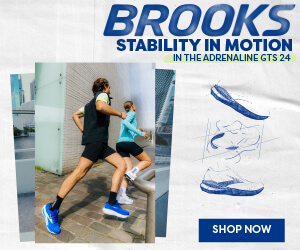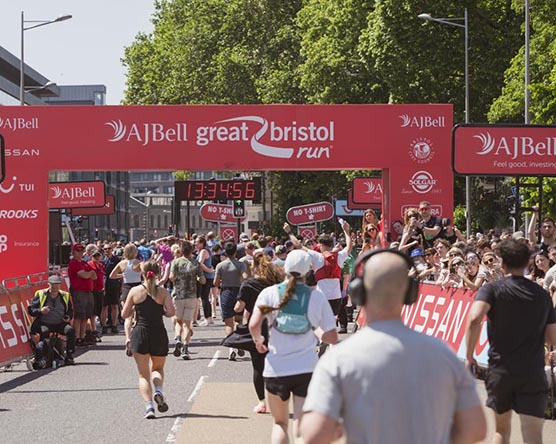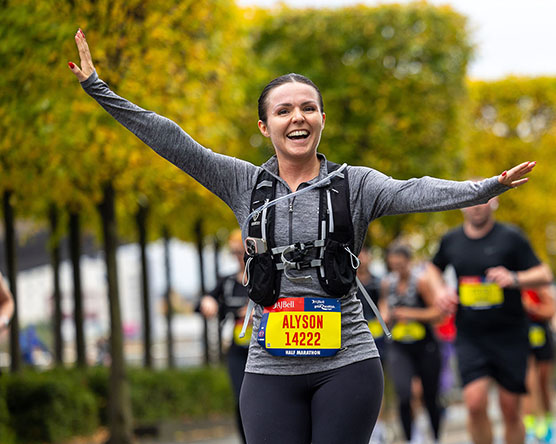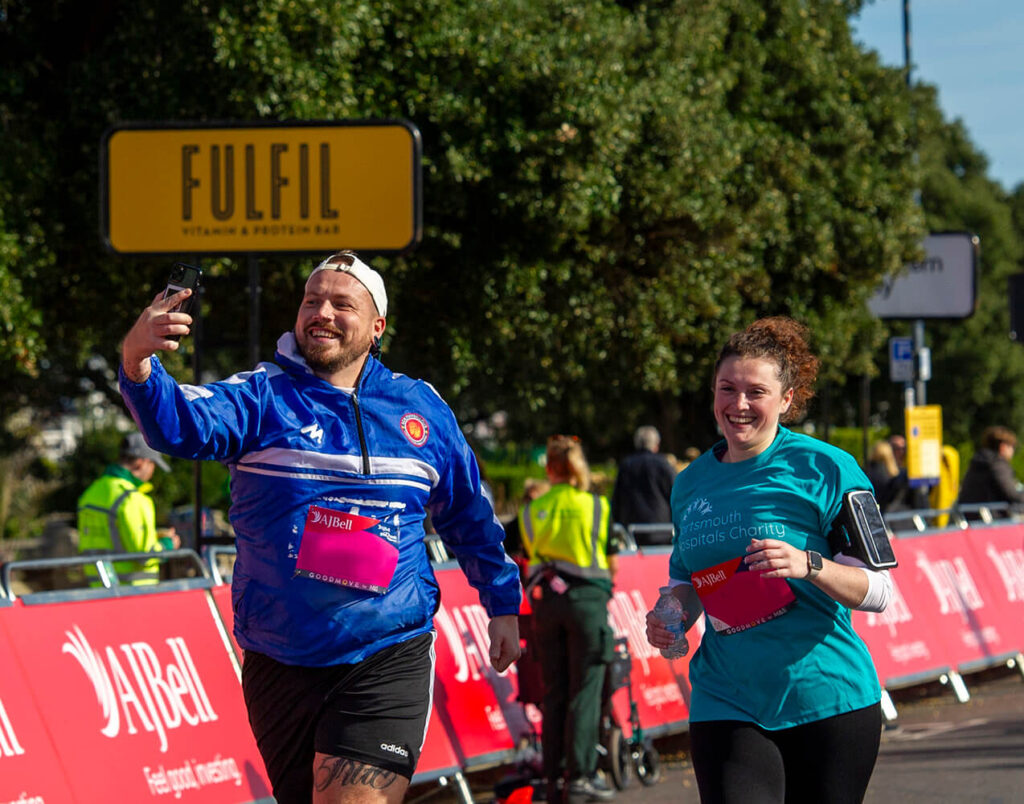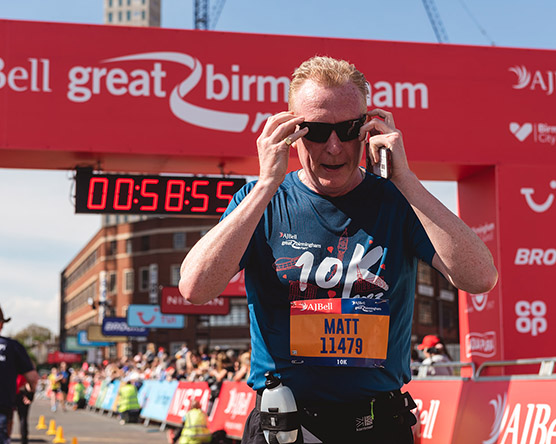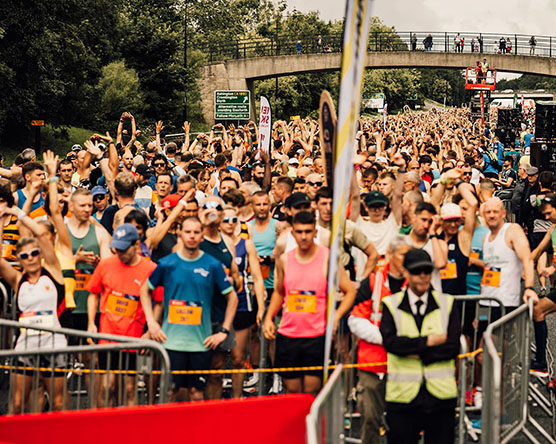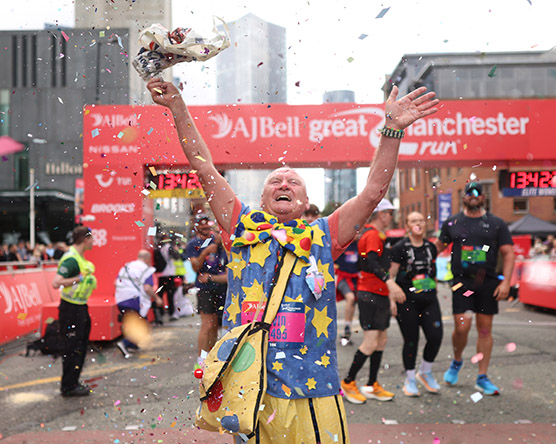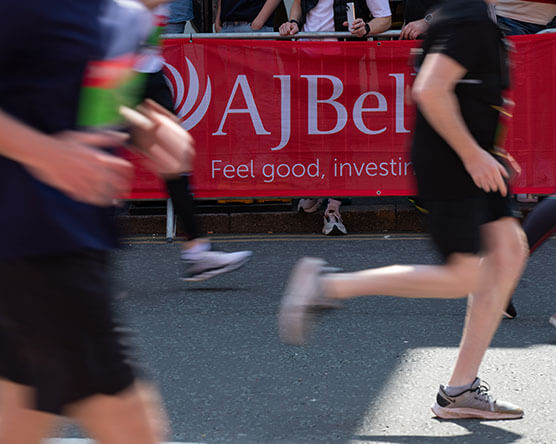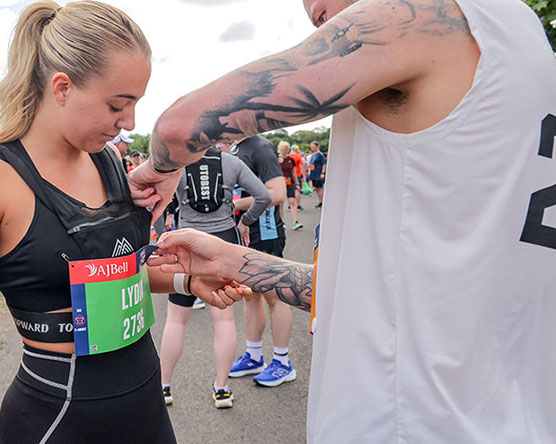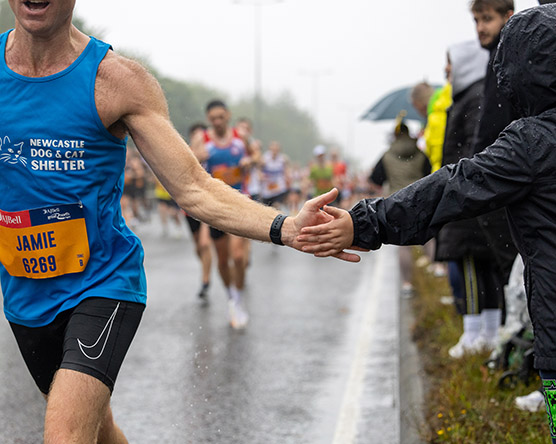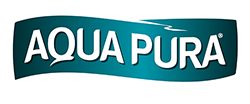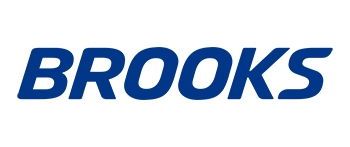Perhaps you’ve seen professional athletes with a foam roller tucked under their arm, or maybe you’ve heard other runners talking about their physio-prescribed roller sessions, and you’re wondering how to use one.
Although there isn’t much official research out there on the effectiveness of foam rollers, many runners are vocal about the benefits of building rollering into their warm-up or recovery routines – and we reckon that’s reason enough to see if it works for you.
Foam rollers look like a rolling pin-style massage stick, and come with smooth or textured surfaces. You can use them to administer myofascial release – or, in other words, to give yourself a sports massage without the physio fees.
Applying pressure to different muscle groups and their surrounding connective tissues can increase blood supply to those areas which, in turn, aids performance and recovery. Some runners also claim that it’s helped them improve their range of motion, flexibility and even reduce soreness after a tough training session or long-distance event.
A 10-20 minute session a couple of times a week is enough to get you started – but, like every form of training, it’s important to listen to your body and not do too much too quickly. Read on for our tips on how to use a foam roller.
Ready? Let’s roll!
Glutes
Glutes are big, fleshy muscles, so take them one at a time. Start by sitting with one buttock on your foam roller with your hands behind you to take some of your weight. Extend the leg of the glute you’re working in front of you and rest your other leg on the floor to help you balance. Roll your buttock up and down the roller – and for even more pressure, rest the ankle of the leg you’re working on your opposite knee and form a triangle with your leg. Once you’ve worked one glute for a few minutes, swap and repeat on the other side.
Hamstrings
Hamstrings are the long muscles which span the back of your legs from your lower glutes down to your knee. To work them, you’ll need to lie with your legs over the foam roller and your arms behind you as before to take some of your weight. Roll up and down both legs at the same time to begin with, making sure you rotate so that you cover the inner, outer and middle sections of hamstrings. If you want to make things more intense, you can move to doing one leg at a time.
Quads
Your quads are the biggest muscle group in your body and do a lot of work when you’re running, so rollering can really help them out. Lie on your front with the roller under one thigh and your hands and your opposite leg taking some of the weight. Roll up and down the foam roller, gradually increasing the pressure as you go. Take your time and rotate gently so that you cover the outer, middle and inner muscle. Swap and repeat on the other side.
Calves
If you have tight calves, you’re not alone. Rollering can help loosen them up, so give it a go – sit with legs outstretched, your foam roller below your knee and your hands behind to take some weight. Roll up and down your legs, although be careful as you come to your ankles – your achilles tendon won’t enjoy too much pressure. Your calves are much smaller muscles, so you can do both legs at the same time.
Are you a foam roller fanatic? Join the conversation on social media – follow us on Facebook, Instagram, X and TikTok.
Photo by Andrew Valdivia on Unsplash

